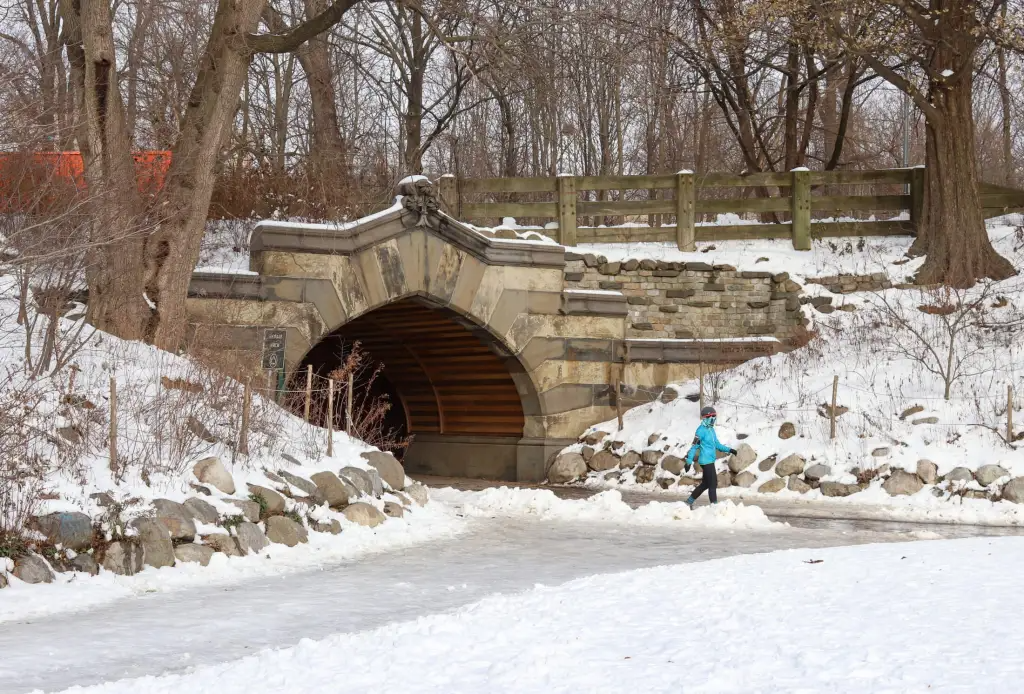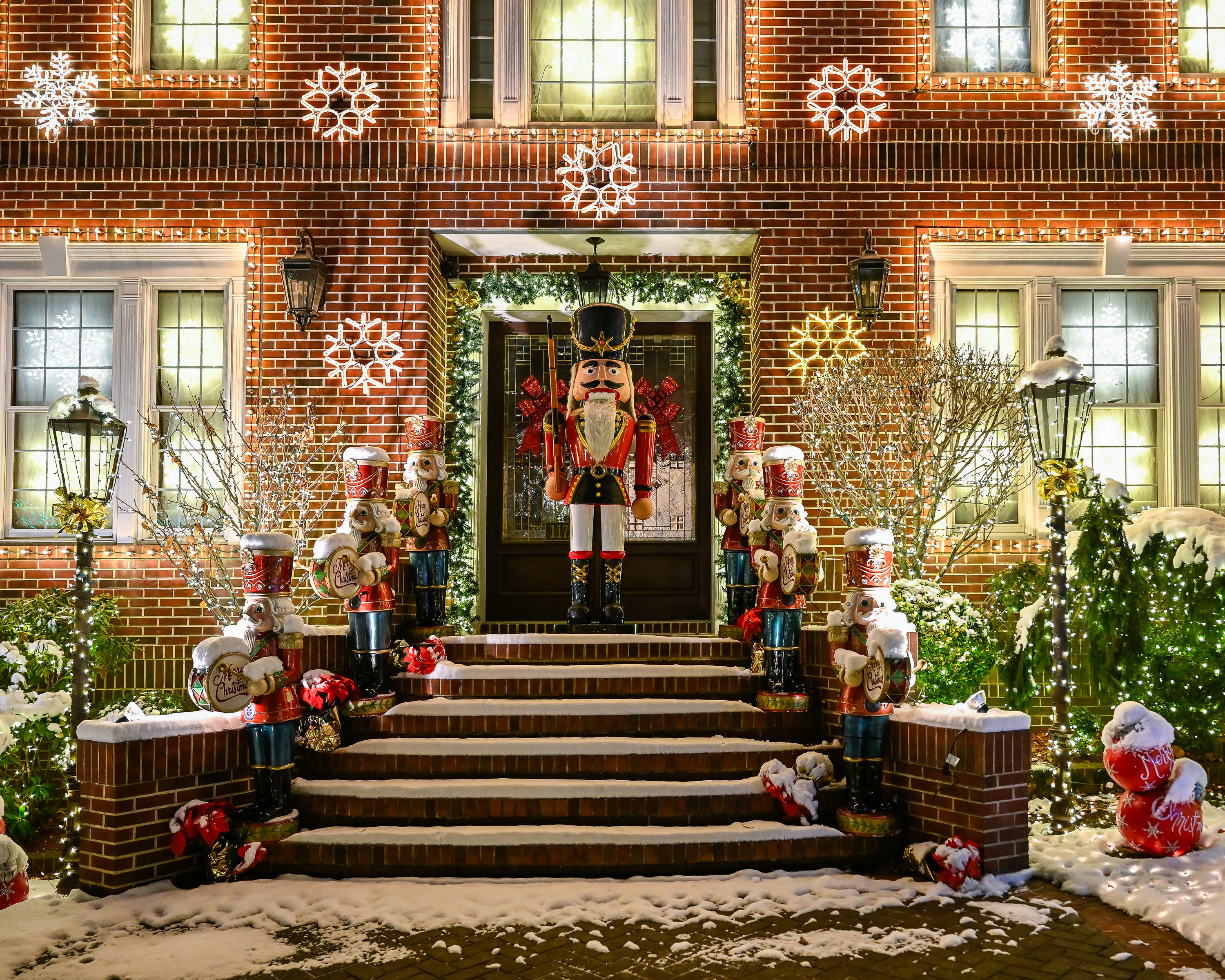House of the Day: 266 Stuyvesant Avenue
Most recently used as a school, the four-story brownstone at 266 Stuyvesant Avenue in Bedford Stuyvesant still retains much of its original (and quite impressive) woodwork. It’s definitely going to need some work (how much, we don’t know) but it’ll certainly be an interesting barometer of the Bed Stuy market. Priced at $699,000, it’s in…


Most recently used as a school, the four-story brownstone at 266 Stuyvesant Avenue in Bedford Stuyvesant still retains much of its original (and quite impressive) woodwork. It’s definitely going to need some work (how much, we don’t know) but it’ll certainly be an interesting barometer of the Bed Stuy market. Priced at $699,000, it’s in the first-time family homebuyer range for sure. In this market, though, we’ve got no idea whether this is a $699,000 house or a $599,000 house. Let’s think about the math: If you bought it at the asking price and put another $100,000 into it while racking up a $600,000 mortgage, your monthly costs, with taxes, would probably be somewhere in the mid-$4,000s. If you could rent a duplex out for, what, $2,000, then it could cost you less than $2,000 a month after tax to own this place. Not crazy.
266 Stuyvesant Avenue [Stuyvesant Heights Brokerage] GMAP P*Shark





this is a neighborhood with deep-seated social problems as is evident by some of the prior posts. sorry. but if you want to live a normal serene life, i would avvise you not to move into Black Brooklyn at this time no matter what your race. there are loads of places where you can buy a perfectly comfortable house -for less- and not have to deal with your responsibility for the past three hundred years of injustices. just sayin’.
White opposition to integration brought efforts to prevent blacks from buying property, with language like “high-quality” and “desirable,” and attempts to influence banks’ loan decisions. A popular argument was that black families, being uneducated, would bring property values down and destroy the character of a neighborhood. Another used by white organizations, like the Midtown Civic League in the 1930s, was the flaunting of their mission to improve “conditions in our section and stabilize real estate values.”
When these arguments failed logistically, the white people of Stuyvesant Heights tried to find an “ideal community for colored people” in less-accessible Brooklyn locations. No one succeeded in actually removing black families from the neighborhood: they were homeowners, and not easily moved.
African American residential areas were pushing the boundaries of Stuyvesant Heights, and the white middle class became infuriated and moved out. This may have been the best thing for Bed-Stuy, as it was the groundwork for the development of the largest African American community in the city, a cultural asset that American society at large has yet to appreciate.
Bedford-Stuyvesant is the last frontier for brownstone living. Surrounded by Crown Heights, Park Slope, Cobble Hill, and Brownsville, the neighborhood’s houses are registered historic spots, and its streets are lined with trees and lampposts.
Day-to-day life in the neighborhood is charming, with little bodegas owned by people of many ethnicities, and kids who play on their leafy blocks, watched by neighborhood veterans sitting on stoops. Historic churches are on virtually every corner. The family mentality that sustains the community is intensely present on Sunday mornings, when everyone becomes each other’s responsibility.
It really funny in the 1930s it was hard for black people to get an apartment in Bedford Stuyvesant
The home owners that have lived in the area for the past 50 years did keep what they had up. Redlining really messed this area up… Also when the city starting building ugly public housing that did not help the area out at all…
I just brought a house in this area for a little more than this house and I am living fine through the construction. You live on one floor at a time until you finish. How do you people know that this place needs 100K worth of work. This house might need just 50K so lets not assume. I would never buy a condo in a ” better neighborhood when I can get a lovely brownstone like this one…
Over the last ten years 4 houses have been for sale on this block. 3 of them were sold to white families. Those of you who are unfamiliar should know that there are only about 20 houses on each block of Stuyvesant Avenue. The idiot above who on more than one occasion on this blog has said “the longtime are the crime problem,” you are a new kind of idiot. Bedford-Stuyvesant has been both a middle to upper-middle class neighborhood and a poverty stricken/social service dumping ground. While white folks got to move away from their ‘trash’ blacks had less choice and had to life together despite class differences. When the suburbs finally opened up many of those who could left. Many stayed and started the work that we’re benefiting from and trying to build on today. Do you really think Bed-Stuy would be as beautiful as it is without a strong home-owning presence. Who do you think established the historic district in 1971, Fought to stop the redlining, conducted 29 years of house tours, saved Boys High and many other landmarks from demolition, has had more entrants and winners in the greenest block competition than most other neighborhoods, and claims great residents like nyc’s first black comptroller? Don’t be stupid.
still a lot of money to have upfront with tight lending standards and 100K renovation? doubt that heavily. and, while you’re doing the reno you need to be renting elsewhere while shelling out the mortgage and reno costs. think that you can get a decent 2 bd condo in a better hood without that much cash up in front. would be tough for a typical 1st timer.
probably would be bought by someone who has built up equity in something else.
I wonder how much would this house be in Park Slope?